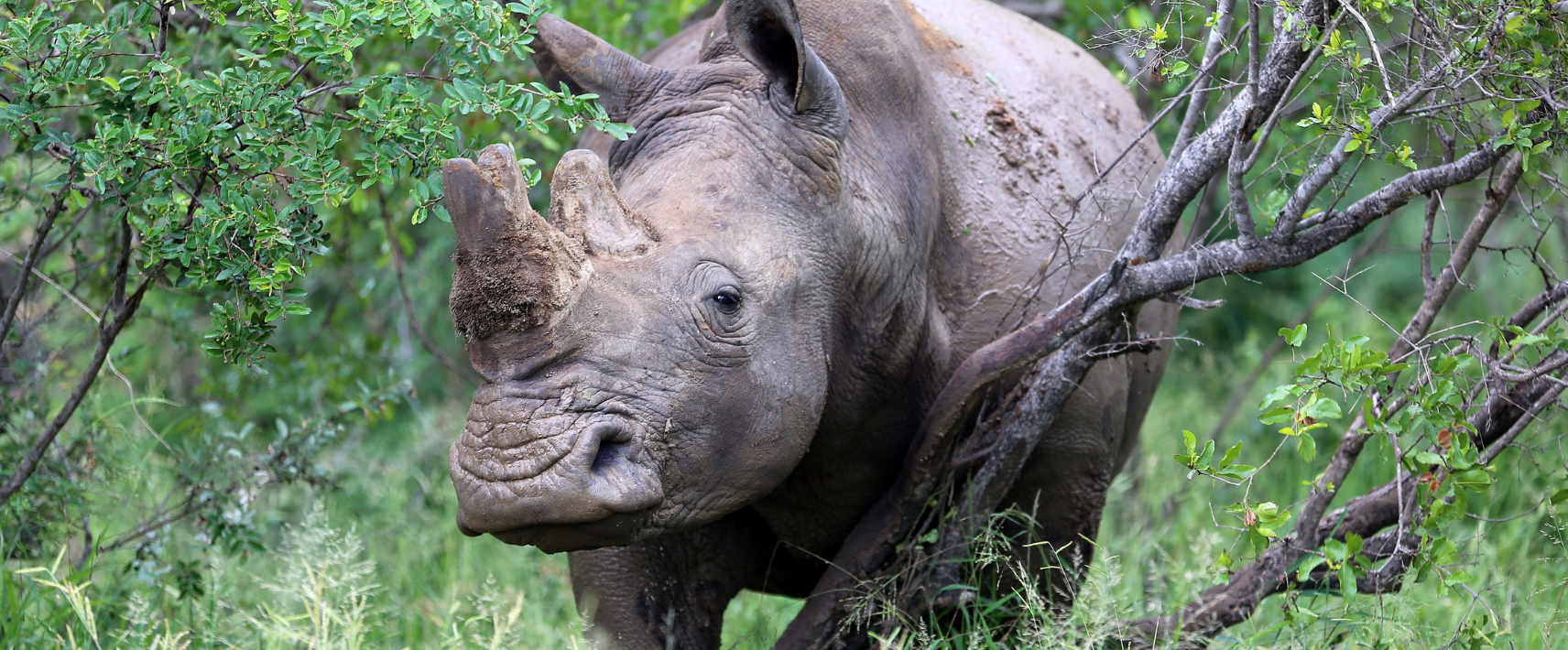One of the most important global meetings on wildlife trade has just wrapped up in Uzbekistan. It’s capital city Samarkand was where governments convened for the 20th Conference of the Parties (CoP20) to the Convention on International Trade in Endangered Species of Wild Fauna and Flora (CITES) to decide how international trade should be managed for some of the world’s most threatened...
Today environment minister Tanya Plibersek has announced the Government’s formal response to the 2020 review of Australia’s nation environment laws, the Environment Protection and Biodiversity Conservation Act 1999 (EPBC Act).
The one in ten year review, led by Professor Graeme Samuel AC, emphasised the urgent need for National Environment Standards that inform and unify high quality environmental decision making throughout the country.
The Albanese Government has today formally committed to developing and implementing these critical National Environment Standards, a decision that has been long called for by environmental conservation groups. The announcement comes after the Government committed to no new extinctions in October this year.
Combined with a new Environment Protection Agency and an increased focus on addressing cumulative impacts through regional planning, the announcement is a very welcome one. However, it remains to be seen whether the details and implementation will fulfil the promise. The standards need to be informed by experts and ensure the protection of all critical habitat for threatened species and their climate refuges, remnants of threatened ecological communities and other high conservation value ecosystems to shield them from continued destruction.
Dr Megan Kessler, nature campaigner for Humane Society International, said, “National Environmental Standards will be the cornerstone of the wider environmental reforms that are to come so it cannot be understated how vitally important they will be. However, the devil is in the details, and we won’t know whether the Standards are going to be good enough until they’re fully developed.”
HSI is concerned that other announced reforms have the potential to undo the benefits that new National Environmental Standards will be bring. Crucially, details around biodiversity offsets will be important ensure they don’t undermine threatened species protection. The relaxing of like for like offsets measures and the introduction of a conservation payment system, based on the highly flawed NSW system, risk the introduction of a pay to destroy nature scheme. The announcement also maintains pathways for the federal Government to devolved their responsibility for nationally significant environmental matters to states and territories. Above all, we wait to see whether the proposed reforms will be sufficiently funded to enable success.
Dr Megan Kessler, nature campaigner for Humane Society International, said, “Substantially increased funding will be crucial to the success of the reforms in putting an end to the destruction of nature, enabling its recovery and ensuring the Government meets its commitment to no new extinctions.”
The EPBC Act also has a key role to play in regulating wildlife trade, including the management of our commercial export fisheries. The Government has made a welcome commitment to reducing the potential for wildlife permits to be misused by applicants and strengthening wildlife trade permitting practices to protect vulnerable species.
Dr Megan Kessler, nature campaigner for Humane Society International, said, “Australia has long been a leader in working towards responsible international wildlife trade and we look forward to discussing what more can be done to ensure that we meet and beat our international obligations to protect wildlife.”


